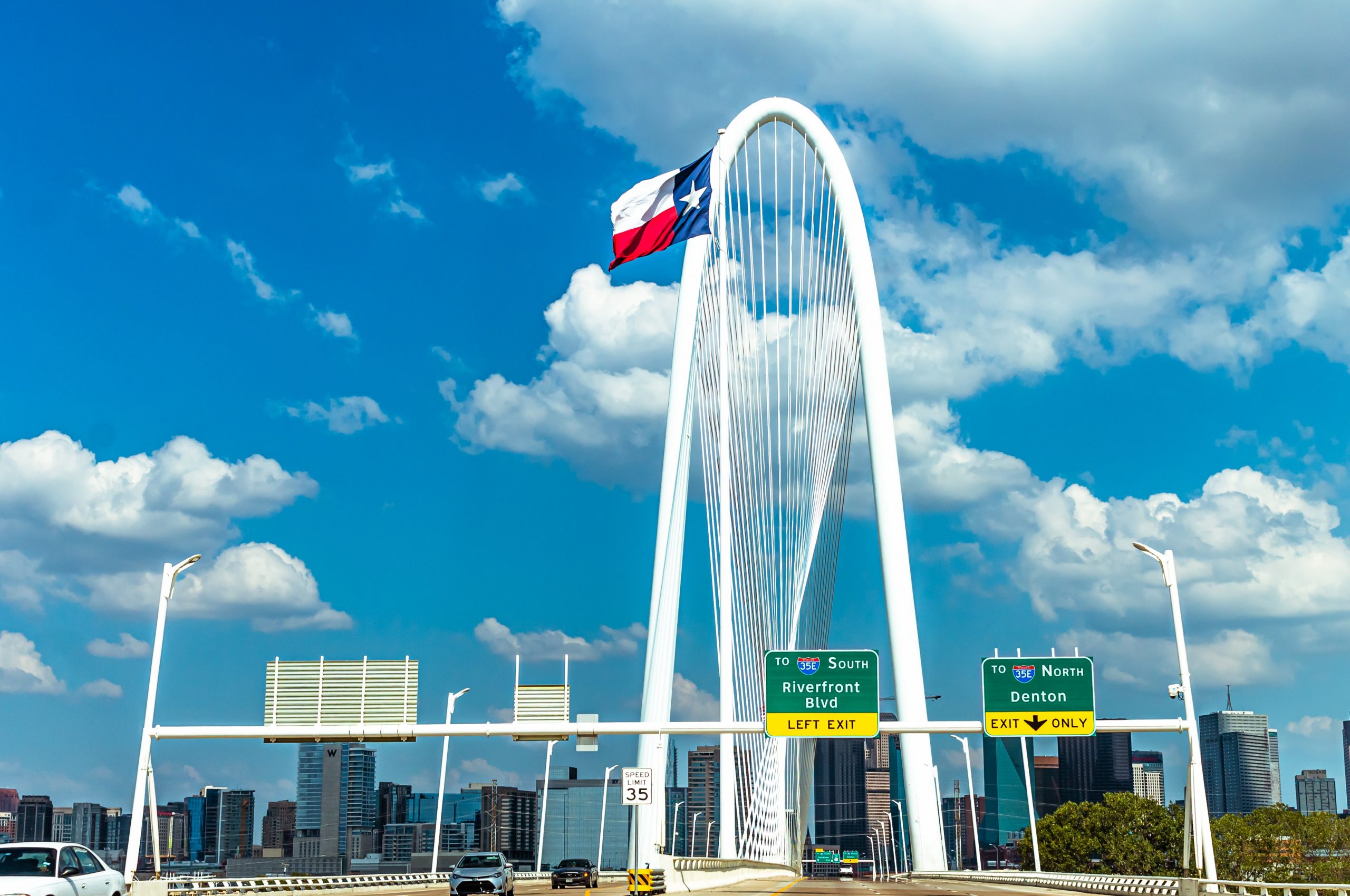MEP Design and Building Codes in Texas: Exploring the Relationship
MEP design and building codes are two critical aspects of any construction project. In Texas, the relationship between these two elements is complex and multifaceted. MEP design refers to the mechanical, electrical, and plumbing systems that are installed in a building, while building codes are the regulations and standards that govern the construction process. Exploring the relationship between MEP design and building codes in Texas is essential for anyone involved in the construction industry.
The importance of MEP design in building construction cannot be overstated. It is essential to ensure that the building’s mechanical, electrical, and plumbing systems are designed to meet the specific needs of the occupants. In Texas, building codes play a crucial role in regulating the design and installation of these systems. Understanding how MEP design and building codes interact is essential for architects, engineers, contractors, and other professionals involved in the construction industry. This article will explore the relationship between MEP design and building codes in Texas, providing valuable insights into the construction process.
Understanding MEP Design in Texas
MEP design is an essential aspect of building construction in Texas. MEP stands for Mechanical, Electrical, and Plumbing, and it encompasses the systems that make a building functional and comfortable. MEP design is the process of designing these systems to meet the needs of the building and its occupants.
In Texas, MEP design is heavily influenced by building codes. Building codes are regulations that set standards for building design and construction to ensure safety, health, and welfare of the public. These codes are enforced by local authorities, and compliance is mandatory for all buildings in Texas.
MEP design in Texas must adhere to the International Building Code (IBC) and the International Mechanical Code (IMC). The IBC sets the minimum requirements for building design, including structural, fire, and life safety. The IMC sets the minimum requirements for mechanical systems, such as heating, ventilation, and air conditioning (HVAC).
MEP design in Texas also takes into consideration the local climate and environmental factors. For example, in hot and humid regions, HVAC systems must be designed to handle high temperatures and humidity levels. In areas prone to flooding, plumbing systems must be designed to prevent water damage.
To ensure compliance with building codes and standards, MEP design in Texas is typically done by licensed professionals, such as mechanical, electrical, and plumbing engineers. These professionals have the expertise and knowledge to design systems that meet the needs of the building and its occupants while adhering to building codes and regulations.
Overall, understanding MEP design in Texas is crucial for building construction and safety. It requires a comprehensive understanding of building codes, environmental factors, and the needs of the building and its occupants.
Building Codes in Texas
Texas has a unique set of building codes that govern the construction of buildings. These codes are designed to ensure that buildings are safe, structurally sound, and meet certain energy efficiency standards. The Texas Department of Licensing and Regulation (TDLR) is responsible for enforcing these codes, which are based on the International Building Code (IBC) and the International Energy Conservation Code (IECC).
The IBC sets the minimum standards for the design and construction of buildings, including requirements for structural, mechanical, electrical, plumbing, and fire protection systems. The IECC establishes energy efficiency standards for buildings, including requirements for insulation, lighting, and HVAC systems.
In addition to the IBC and IECC, Texas has a number of state-specific building codes, including the Texas Accessibility Standards (TAS) and the Texas Windstorm Insurance Association (TWIA) building codes. The TAS sets accessibility standards for buildings, ensuring that they are accessible to people with disabilities. The TWIA building codes are designed to protect buildings from wind damage in coastal areas.
It is important for MEP designers to be familiar with these codes, as they will impact the design of the building’s mechanical, electrical, and plumbing systems. For example, the IECC requires that buildings meet certain energy efficiency standards, which will impact the design of the HVAC system. Similarly, the TAS requires that buildings be accessible to people with disabilities, which will impact the design of the plumbing and electrical systems.
Overall, understanding the building codes in Texas is essential for MEP designers, as it will ensure that their designs are safe, structurally sound, and energy-efficient.

















































